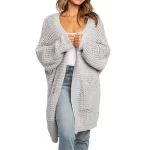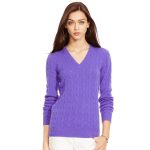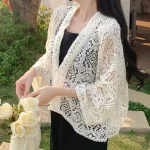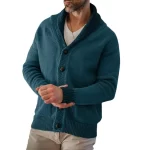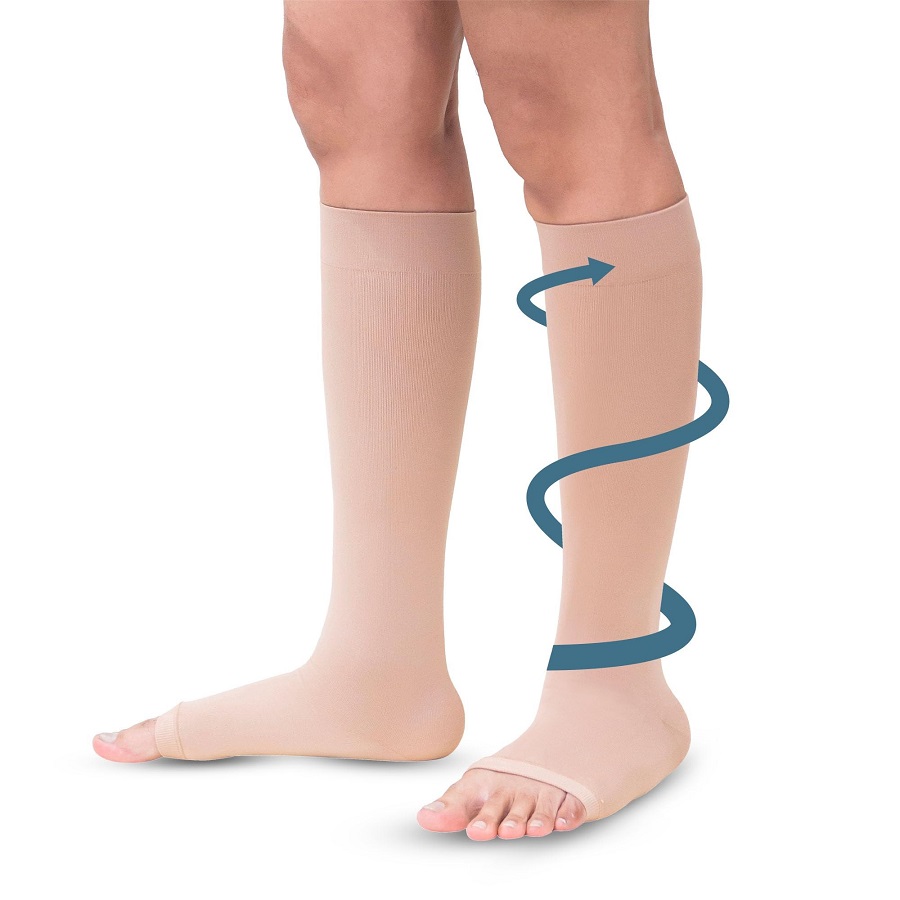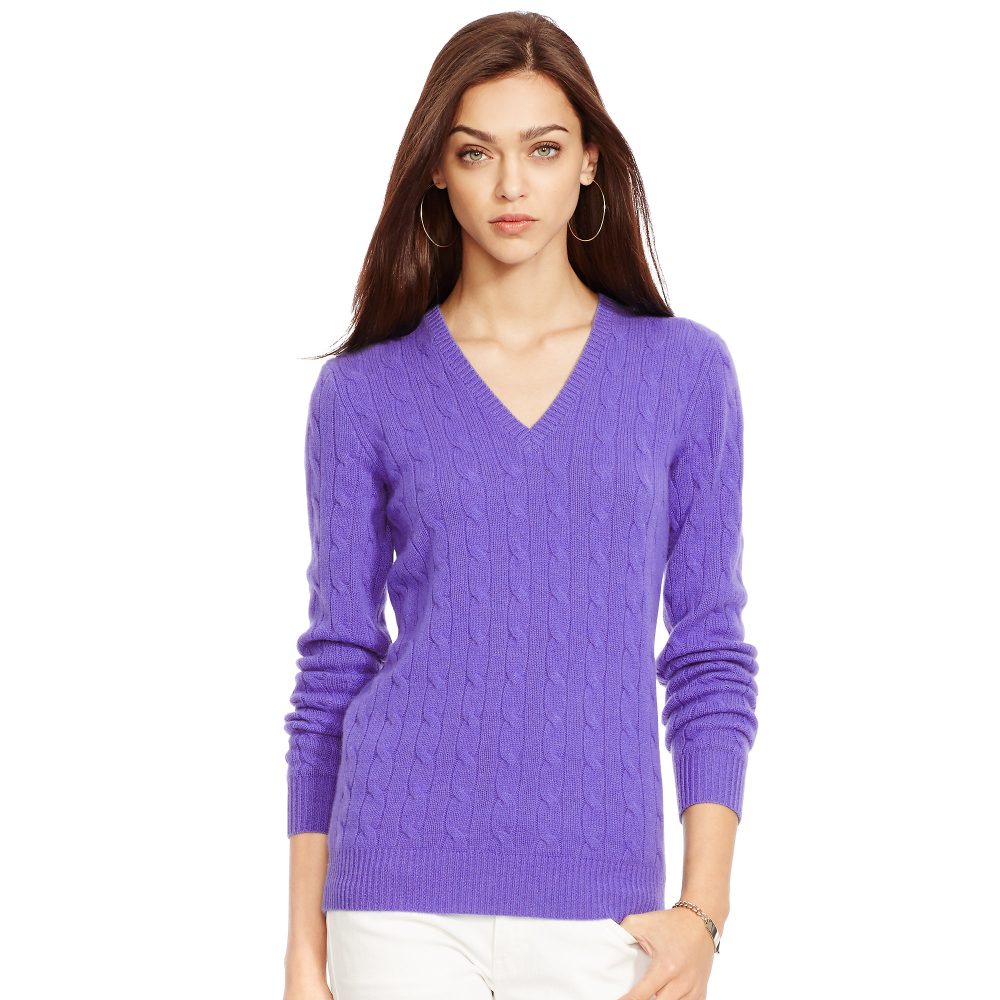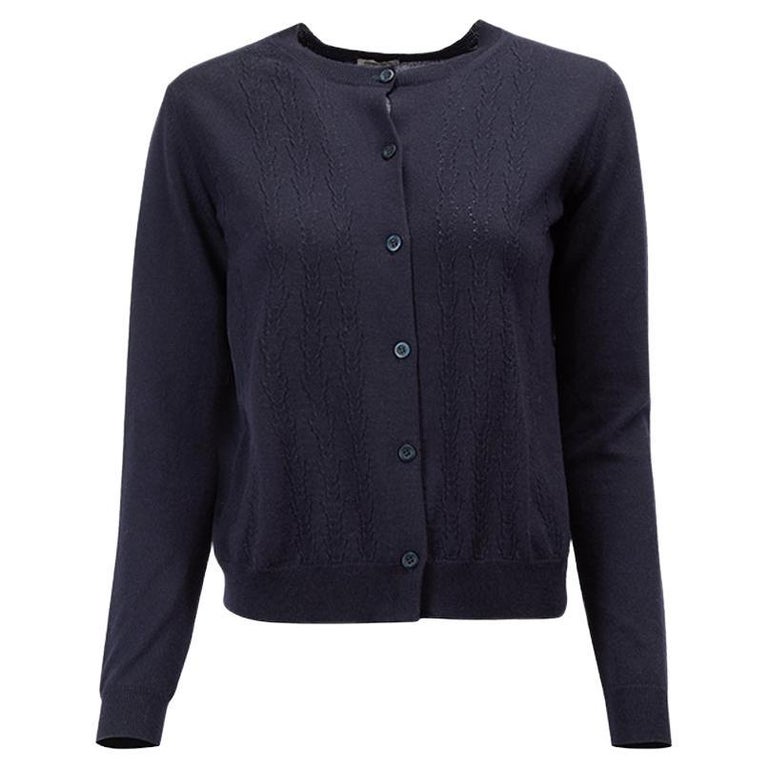Understanding Varicose Veins and Their Symptoms
Varicose veins are twisted, enlarged veins. They often appear blue or dark purple. This condition comes from weakened or damaged valves in the veins. Blood collects in the veins instead of flowing back to the heart. Varicose veins occur most often in legs due to the pressure of standing and walking upright.
Symptoms are not just cosmetic. They can cause discomfort and health issues. Some common symptoms include:
- Aching or heavy legs often signal varicose veins beneath the surface.
- Swelling in your feet and ankles might be another signal.
- Itchy skin over the vein could indicate
- Muscle cramp in your legs, usually at night, could be another symptom.
- Pain after sitting or standing for long periods may also be linked to varicose veins.
- Skin discoloration around a varicose vein is common.
Knowing these symptoms is vital. Early recognition helps in managing the condition and preventing further complications. Incorporating the best compression socks for varicose veins can aid symptom relief and overall leg health.
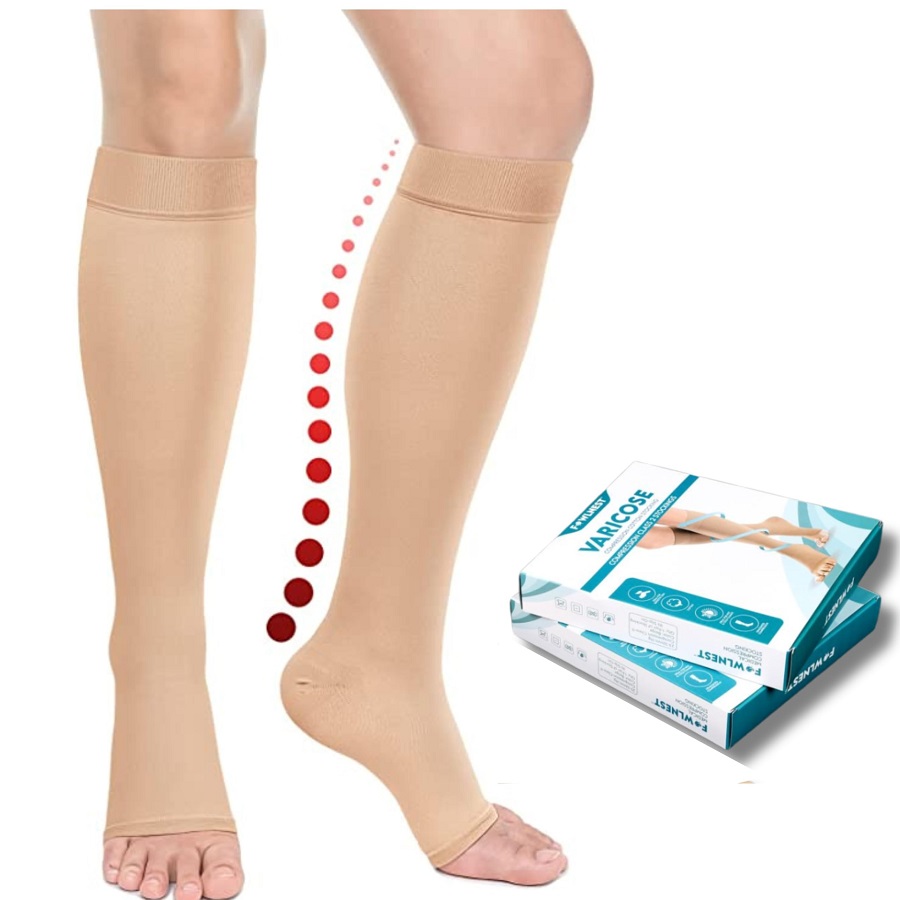
The Role of Compression Therapy in Managing Varicose Veins
Compression therapy plays a crucial part in managing varicose veins. It mainly involves wearing specially designed socks that apply gentle pressure to the legs. This pressure supports veins and increases blood flow. Improved circulation helps to prevent blood from pooling in the veins. As a result, it reduces swelling and discomfort associated with varicose veins.
Wearing the best compression socks for varicose veins can lead to significant benefits. These include relief from aching, swelling, and fatigue. They also reduce the risk of developing blood clots. These socks work by squeezing the leg tissues and walls of the veins. This compression helps blood move more effectively back to the heart. Regular use of compression socks during day-to-day activities can improve leg health.
Health experts often recommend compression therapy as a first-line treatment. It is a non-invasive option. Most importantly, it can be a part of a comprehensive approach to varicose vein care. Along with exercise, weight management, and proper hydration, compression socks aid in symptom management. They can also slow the progression of varicose veins.
Choosing the right level of compression is key for effective therapy. Socks come in various compression levels. A healthcare provider can recommend the best level for your needs. Light compression is good for mild discomfort. Higher levels may be necessary for severe symptoms. It is crucial to find the right balance for comfort and health. Always consult with a healthcare professional before starting compression therapy for varicose veins.
How to Choose the Right Compression Socks
Choosing the right compression socks involves several steps. First, understand the level of compression needed. This is something a healthcare provider can help you with. They will consider the severity of your varicose veins. Light compression may suit mild cases. More severe symptoms often need stronger compression.
Know your leg size for a snug fit. Compression socks come in different sizes. A proper fit is critical for them to work. If they’re too loose, they won’t apply the right pressure. Too tight, and they might cut off circulation.
Consider the material of the socks. Good compression socks offer comfort and durability. Look for breathable fabrics to keep moisture away from your skin.
Look at style and color options. While health is the priority, you don’t have to sacrifice style. Many brands offer colors and patterns, to suit your taste.
Remember, the best compression socks for varicose veins balance support with comfort. Avoid socks that pinch or leave marks on your skin. Regular wear is vital for the best results. So, choose socks that you’ll want to put on every day.
The Different Types of Compression Socks Available
When exploring the best compression socks for varicose veins, you’ll find several types. Each type caters to different needs and preferences. Let’s look at the common varieties available.
Graduated Compression Socks
These socks offer varying levels of pressure. The strongest compression starts at the ankle and decreases up the leg. Health professionals often recommend them for varicose veins.
Anti-Embolism Compression Socks
Designed for those with limited mobility, these socks help prevent deep vein thrombosis. They provide uniform compression that is less intense than graduated socks.
Non-Medical Support Hosiery
Also known as support socks, these provide uniform compression. They are over-the-counter products, offering less pressure than medical-grade options.
Knowing the differences helps you choose the right type for your condition. Always consult a healthcare professional when selecting compression socks to ensure optimal health benefits.
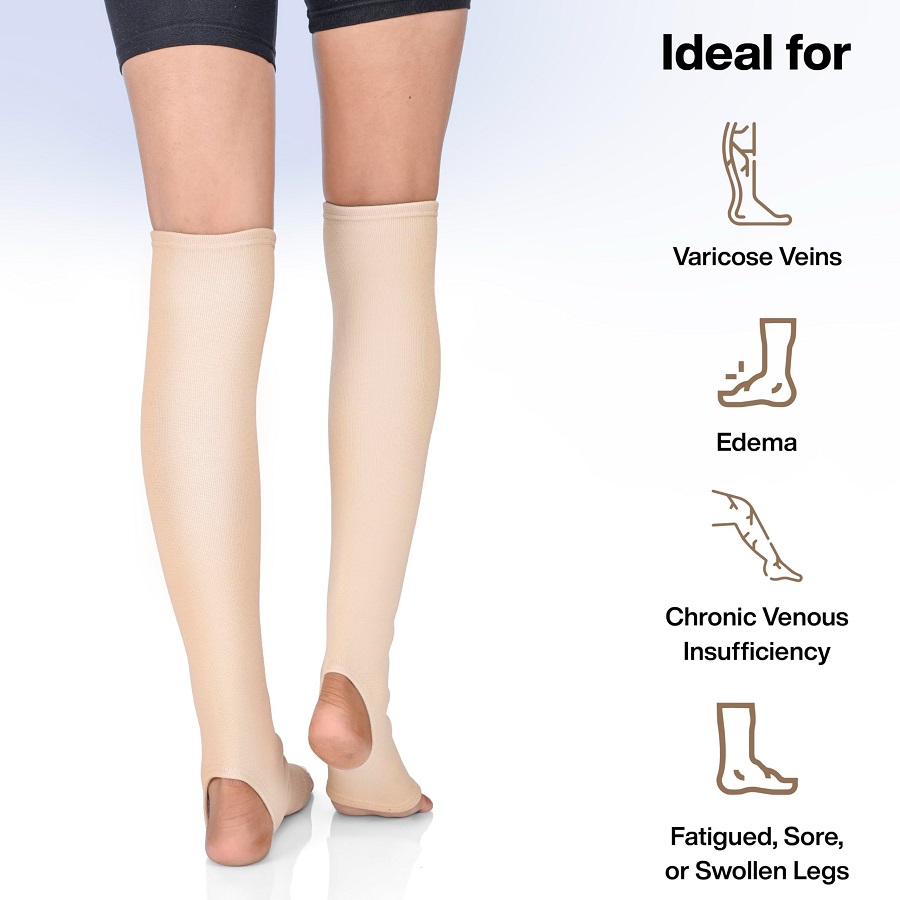
Features to Look for in Quality Compression Socks
When searching for the best compression socks for varicose veins, focus on key features. Here are the top aspects to consider:
- Fabric Material: Choose materials that offer breathability and durability. Look for moisture-wicking fabrics to keep your legs dry and comfortable throughout the day.
- Compression Level: The compression level must match your needs. Based on your doctor’s advice, opt for light, medium, or high compression. This depends on the severity of your varicose veins.
- Proper Fit: Good compression socks should fit snugly but not too tightly. Measure your leg to ensure you get the correct size for effective therapy.
- Comfortable Band: Seek socks with a non-binding top band. This helps prevent constriction while maintaining the sock’s position.
- Ease of Use: Compression socks should be easy to put on and take off. Some brands offer options with zippers or special aids.
- Reinforced Heel and Toe: Extra support in these areas enhances durability and comfort.
- Graduated Compression: Look for graduated compression if recommended by a healthcare professional. It’s crucial for improving blood flow from the ankles upward.
- Aesthetics: While health is the focus, you have many styles and colors to choose from. Pick designs that you will enjoy wearing daily.
Incorporating these features helps ensure you gain the most from compression therapy. Quality compression socks not only relieve symptoms but also fit into your lifestyle. Always consult a healthcare provider for guidance on the ideal features for your situation.
Tips for Wearing and Caring for Compression Socks
Wearing compression socks correctly maximizes their benefits. Keep these tips in mind for the best results:
- Wear Them Early: Put on compression socks first thing in the morning. Legs are less swollen then. This makes it easier to put the socks on.
- Roll or Fold Method: Use the ‘roll’ or ‘fold’ method to put socks on. Turn the sock inside out up to the heel. Then, slide your foot in and unroll or unfold the sock up your leg.
- Smooth Out Wrinkles: Once the sock is on, smooth out any wrinkles. Wrinkles can cause uneven compression and discomfort.
- Regular Cleaning: Wash your socks after each wear. Follow the manufacturer’s instructions, usually involving mild detergent and warm water.
- Avoid Heat: Don’t dry compression socks with heat. Heat can damage the elastic. Air drying is best. If you must use a dryer, use a low or no-heat setting.
- Check for Wear: Inspect socks regularly for signs of wear. Stretched out socks won’t give the right compression. Replace them as needed.
- Have Extras: Keep multiple pairs on hand. This ensures you always have a clean pair ready while others are being washed.
- Consult Healthcare Providers: If you have questions or issues with your socks, talk to your doctor. They can give advice tailored to your needs.
Caring for your compression socks is just as important as wearing them. Good care extends the life of your socks and makes sure they keep supporting your legs effectively. Remember, the goal is to find balance — the best compression socks for varicose veins should be a blend of comfort, health, and practicality.
When to See a Doctor About Your Varicose Veins
While compression socks offer symptom relief, they aren’t a cure for varicose veins. It’s important to know when to seek medical advice. Here are specific situations when seeing a doctor is essential:
- Severe Pain: If you experience intense pain or your legs hurt consistently, it’s time to consult a doctor.
- Skin Changes: Look out for skin thickening or discoloration. These changes can signal a more serious issue.
- Sores or Ulcers: Open wounds near varicose veins can indicate vascular problems. A healthcare provider should check these.
- Sudden Swelling: One leg swelling abruptly is a red flag. This could mean a blood clot and needs immediate attention.
- After Vein Treatment: If you’ve had vein procedures, follow-up is crucial. Doctors monitor for complications and advise on further care.
Keep track of your symptoms and talk to your doctor about any concerns. Regular check-ups help manage varicose veins and keep your health on track. The best compression socks for varicose veins are a supportive tool, but medical guidance is key to proper vein health management.
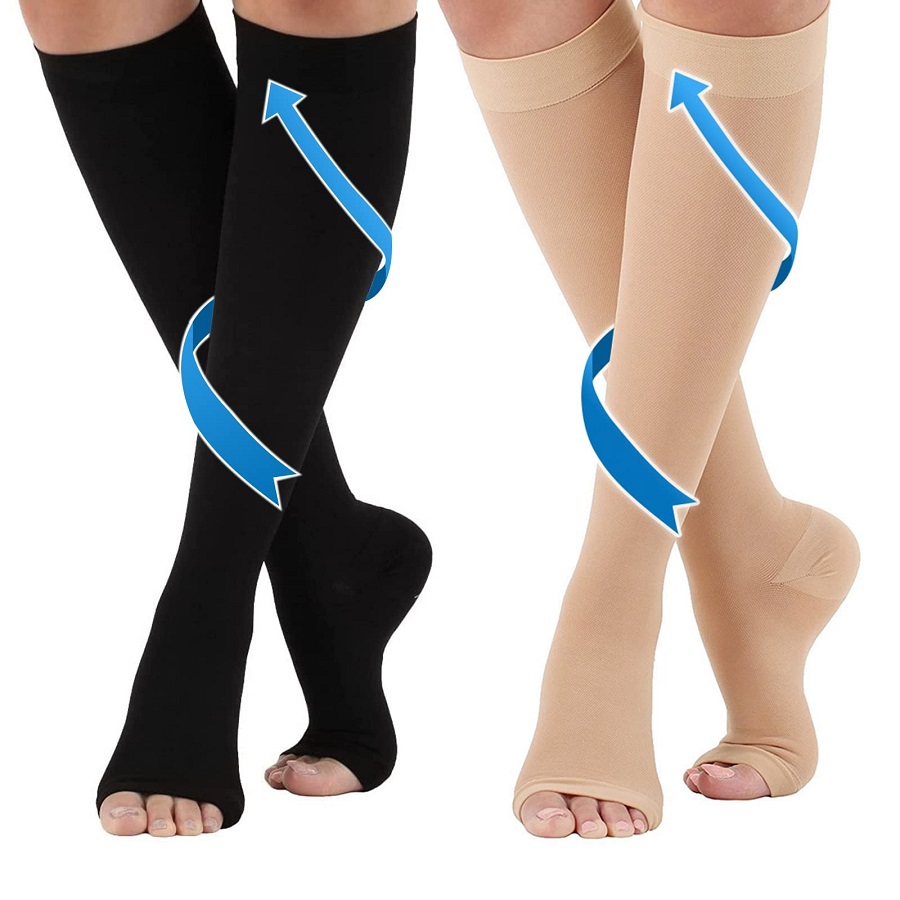
Real-Life Benefits: Testimonials and Case Studies
Seeing real-life examples can be very convincing. That’s why we’ve gathered testimonials and case studies. These show the benefits of the best compression socks for varicose veins.
Many users share positive stories. Some say they feel instant relief from leg pain after wearing these socks. Others find their feet are less swollen by day’s end. Long hours of standing no longer bring discomfort for some.
Case studies offer scientific proof. They tell of patients with severe varicose veins. Regular use of compression socks often results in better leg health. Patients report fewer symptoms over time.
One study follows a nurse. She stood for over 12 hours a day. After two weeks of wearing graded compression socks, her leg pain dropped significantly.
Another case involves an office worker. He struggled with leg cramps at night. After a month of consistent use, he noticed major improvements.
These stories inspire many to try compression therapy. They also highlight the need to choose the right type and fit. Support from the best compression socks for varicose veins is a simple yet effective step. It can lead to a more comfortable and healthy life.
Remember, while testimonials are encouraging, each experience is unique. It’s always best to consult with a doctor to find the best option for you.

